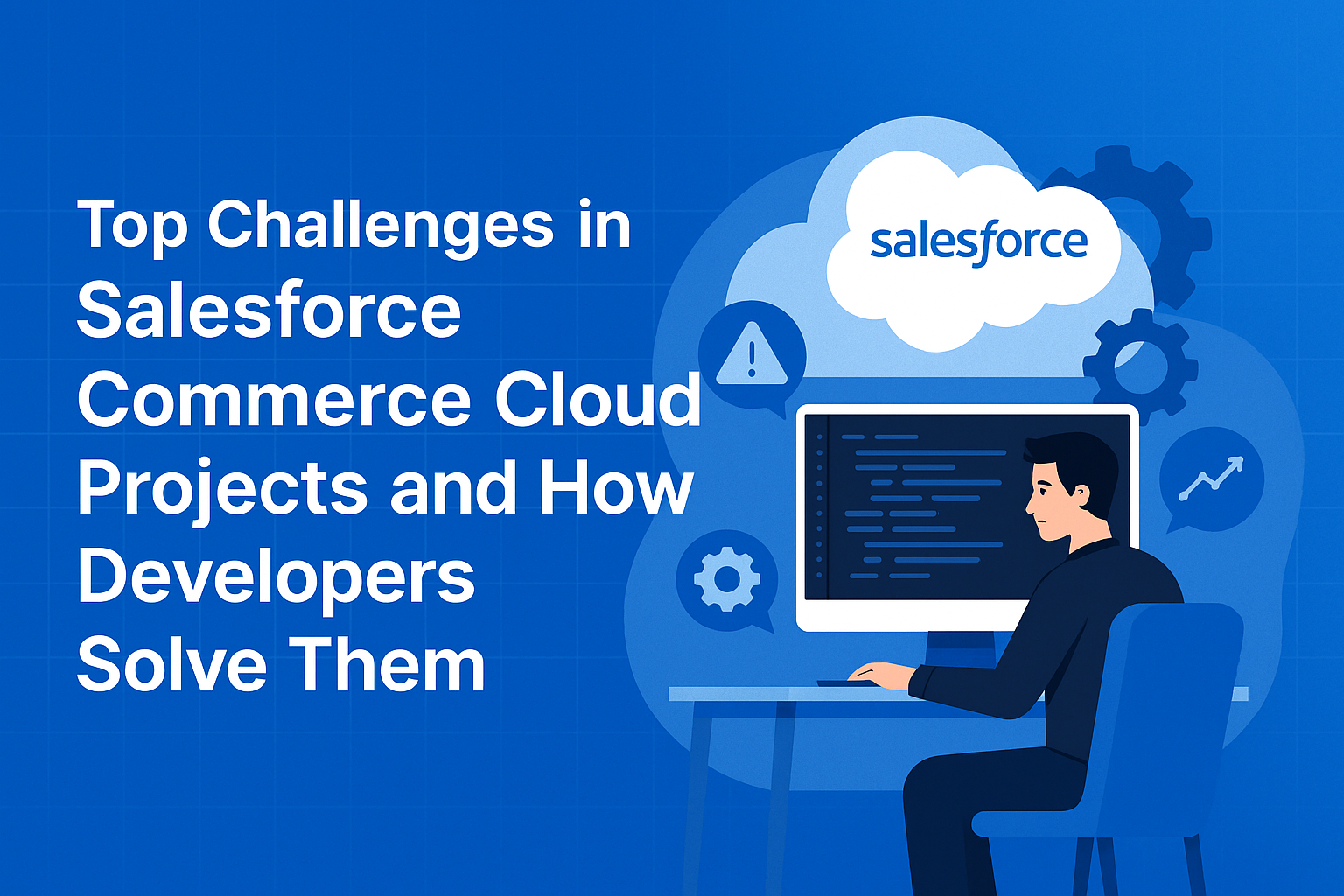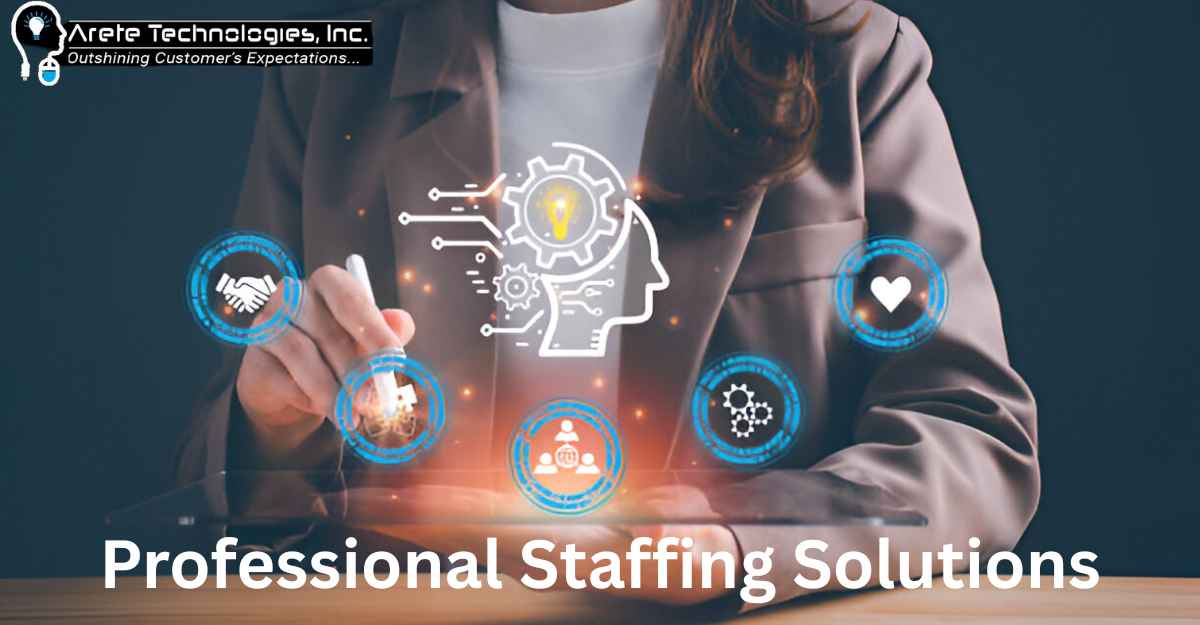Top Challenges in Salesforce Commerce Cloud Projects and How Developers Solve Them

Strong 8k brings an ultra-HD IPTV experience to your living room and your pocket.
Salesforce Commerce Cloud (SFCC) stands at the forefront of e-commerce technology, enabling brands to deliver seamless, personalized omnichannel shopping experiences. However, while it unlocks powerful capabilities, SFCC projects come with their own set of challenges.
Whether migrating from legacy systems, integrating with third-party solutions, or optimizing customer experiences, developers must navigate a complex landscape. That’s why many businesses choose to hire Salesforce Commerce Cloud developers who bring the expertise needed to overcome these hurdles. This article uncovers the top challenges in Salesforce Commerce Cloud projects and shares actionable solutions and best practices deployed by successful SFCC developers.
1. Data Migration Complexities
The Challenge:
Migrating data from diverse sources—legacy systems, spreadsheets, standalone CRM tools—into Salesforce Commerce Cloud is often cited as one of the most daunting tasks. Issues such as inconsistent data formats, missing fields, duplicate entries, and large data volumes can disrupt business operations and lead to inaccurate insights.
Solutions:
- Pre-Migration Data Audits: Developers audit and clean data to eliminate redundancies and errors before the actual migration.
- Field Mapping & Management Tools: Using data management tools enables accurate mapping of existing fields to SFCC schemas.
- Phased Migration Approach: Implementing migration in phases minimizes downtime and allows for early detection of errors.
- Extensive Testing: Post-migration, developers rigorously test data for accuracy and functionality before going live.
2. Customization Complexity
The Challenge:
One of SFCC’s strengths is its flexibility and extensibility; however, excessive customization often leads to maintenance difficulties and compatibility issues, especially during platform upgrades.
Solutions:
- Modular Customizations: Focusing on modular, reusable custom components keeps projects maintainable and reduces upgrade risks.
- Leverage Pre-Built Extensions: Developers use standard SFCC extensions when possible, developing custom logic only for unique business needs.
- Documentation: Documenting all customizations ensures easier troubleshooting and smoother future updates.
3. Complex Integration with Existing Systems
The Challenge:
Seamless integration with ERP, payment gateways, inventory management, and marketing platforms is critical for unified operations. However, integrating different technologies can create compatibility challenges, data sync issues, and increased development time.
Solutions:
- API-First Integrations: SFCC’s robust API offerings enable streamlined connections with modern systems.
- Integration Middleware: Tools like MuleSoft facilitate complex integrations with legacy or third-party systems.
- Thorough Integration Testing: Early and continuous testing ensures data flows smoothly and integrations don’t disrupt business as usual.
4. User Adoption Resistance
The Challenge:
Employees may resist switching to SFCC, especially when accustomed to previous systems, resulting in reduced productivity and user errors.
Solutions:
- Comprehensive Training: Salesforce Trailhead and hands-on workshops help teams upskill rapidly, tailoring training to different roles.
- Intuitive User Interface: SFCC’s user-friendly UI lowers onboarding friction and encourages adoption.
- Change Management: Highlighting efficiency gains and simplifying daily workflows can foster user buy-in.
5. Managing Budget and Timelines
The Challenge:
Unexpected complexities during implementation, underestimated integration needs, and scope creep frequently lead to budget overruns and delayed launches.
Solutions:
- Clear Project Roadmaps: Detailed planning with well-defined milestones helps set realistic expectations.
- Contingency Plans: Allocating extra resources and budget cushions for unforeseen challenges helps avoid disruptions.
- Regular Progress Reviews: Ongoing reviews and agile project methods enable timely identification and resolution of issues.
6. Performance Optimization and Scalability
The Challenge:
Performance bottlenecks—slow page loads, server lag, site crashes—can impact sales and customer satisfaction. Additionally, scaling to accommodate high traffic during peak seasons without performance degradation presents another hurdle.
Solutions:
- Code and Database Optimization: Developers streamline code and optimize database queries to boost performance.
- Use Caching and CDNs: Leveraging caching mechanisms and content delivery networks keeps site load times low.
- Load Balancing: Implementing load balancing ensures the site smoothly handles traffic spikes.
- Scalable Cloud Infrastructure: SFCC’s cloud-based architecture supports seamless scaling as business needs evolve.
7. SEO-Related Challenges
The Challenge:
Maintaining high organic search visibility requires navigating SFCC-specific SEO pitfalls, such as duplicate content, long or parameterized URLs, bloated files, soft 404 errors, and index bloat. These can negatively impact search rankings and website traffic.
Solutions:
- Canonical URLs & Metadata Management: Developers enforce canonical URLs and optimize metadata to minimize duplicate content issues.
- Optimize HTML, CSS, JavaScript: Minifying assets and removing bloat from code and files improves both load times and SEO performance.
- SEO-Friendly Technical Configuration: Configuring meaningful page titles and proper status codes for error pages helps avoid soft 404s and index bloat.
- Regular SEO Audits: Frequent audits allow teams to monitor and address evolving SEO concerns proactively.
8. Security and Compliance
The Challenge:
Handling sensitive customer data brings significant security obligations, including PCI compliance, GDPR, and CCPA adherence. Any breach can erode trust and invite legal repercussions.
Solutions:
- Built-In Security Features: SFCC offers tokenized payments, multi-layered authentication, and encryption.
- Fraud Detection: AI-driven monitoring identifies and mitigates suspicious activity in real-time.
- Access Control: Strict permission structures ensure only authorized users can access sensitive data.
9. Managing Large Catalogs and Media Assets
The Challenge:
Enterprise retailers often have vast product catalogs and media assets, which lead to organizational and performance headaches when not managed correctly.
Solutions:
Efficient Asset Management: Following Salesforce’s best practices for folder structure prevents performance degradation caused by too many files in a single folder.
Catalog Cleanup Policies: Regular audit and removal of outdated products and media keep the platform lean and efficient.
Automated Tools: Middleware and scripts automate asset movement and catalog updates to maintain organization.
10. Delivering Seamless Mobile Shopping Experiences
The Challenge:
With the rise of mobile commerce, any friction or delay in the mobile experience can cause customer drop-off.
Solutions:
Responsive Design: Developers ensure all storefronts are fully responsive and optimized for mobile devices.
Mobile Performance Optimization: Compressing images and optimizing code play a crucial role in minimizing load times and maximizing engagement.
Mobile-Specific Features: Implementing features like push notifications, easy navigation, and mobile-friendly payment options enhances the customer journey.
Conclusion
Salesforce Commerce Cloud projects are transformative but require expert navigation of several technical and strategic challenges. The most successful developer teams employ a mix of proactive planning, strategic customization, robust integration, ongoing performance optimization, and focused end-user training.
By adhering to these best practices, brands can unlock the full power of SFCC—building scalable, secure, and high-performing digital commerce experiences that stand the test of market evolution.
Note: IndiBlogHub features both user-submitted and editorial content. We do not verify third-party contributions. Read our Disclaimer and Privacy Policyfor details.







